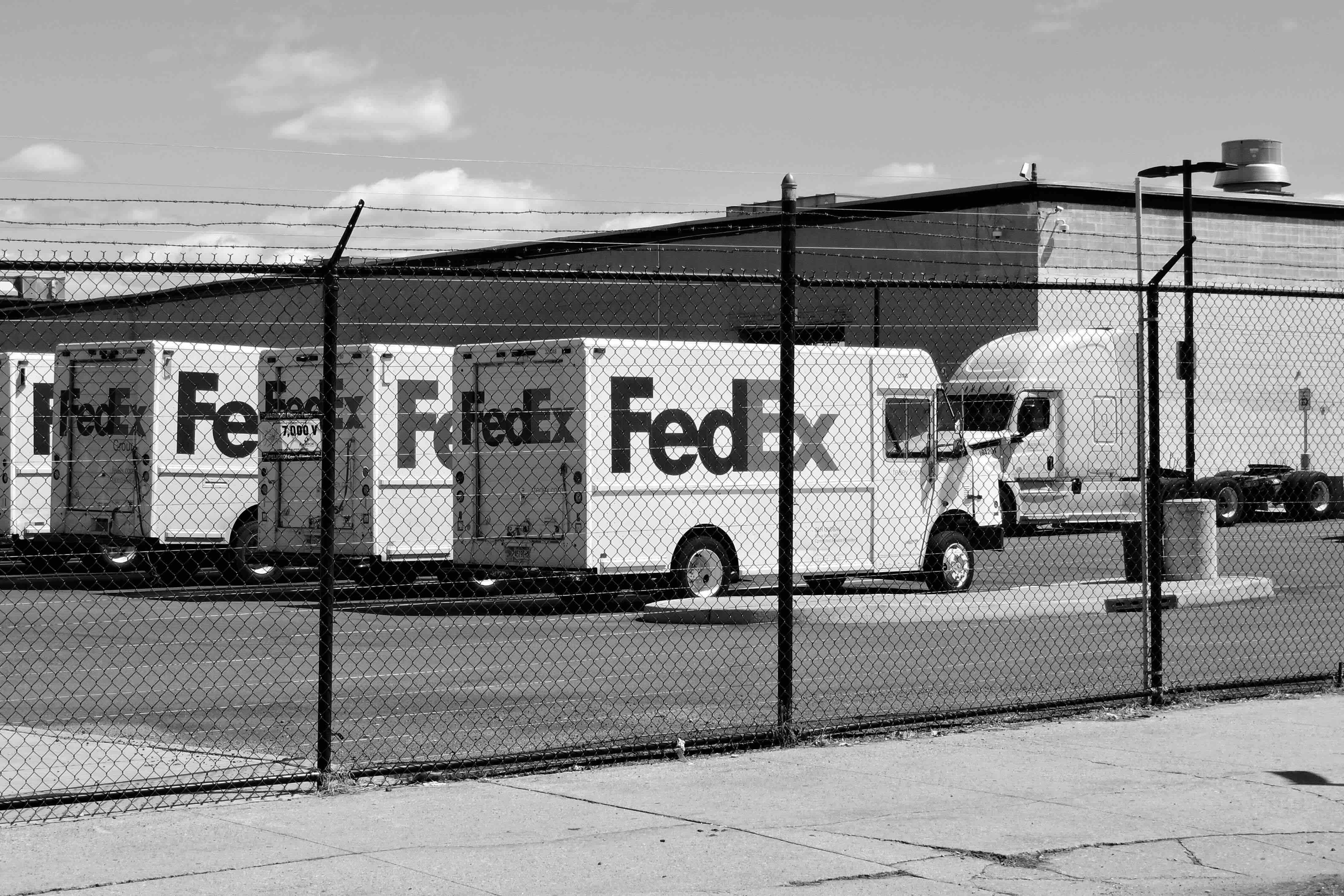Small Box Penalty: How Dimensional Weight Quietly Inflates Your Shipping Costs

Dimensional Weight Penalty
If you’re shipping with FedEx or UPS, your bill isn’t just based on the package’s actual weight.
It’s also based on how much space it takes up in the truck or plane.
This pricing method is called dimensional weight — or DIM weight — and it quietly inflates shipping costs for thousands of companies every year.
What Is Dimensional Weight?
Carriers use a formula:
(Length × Width × Height) ÷ DIM divisor = billable weight
If the billable (DIM) weight is higher than the actual scale weight, you pay for the DIM weight.
Right now, FedEx and UPS both use a divisor of 139 for most domestic ground and air shipments — unless you’ve negotiated something better.
Why 1 Inch Matters
Because DIM weight is based on cubic inches, small changes in size compound quickly.
Example:
- 12 × 12 × 12 box = 1,728 cubic inches ÷ 139 ≈ 12 lbs billable weight
- 14 × 12 × 12 box = 2,016 cubic inches ÷ 139 ≈ 15 lbs billable weight
That’s a 3-pound jump from just 2 extra inches in one dimension.
Depending on the service level and zone, that could add $4–$10+ to the shipment cost.
Why You Don’t Notice It
Unlike fuel surcharges or delivery fees, you won’t see a line item that says “DIM weight penalty” on your invoice.
It’s buried in the billable weight column. Unless you compare actual weight vs. billed weight, it’s invisible.
How This Blows Up Budgets
We’ve seen clients overspend tens of thousands per year just from using boxes that are slightly bigger than necessary:
- The order pick/pack team grabs a “one size fits all” carton.
- That box size bumps the DIM weight well above the actual weight.
- The difference multiplies across thousands of shipments.
How to Fix It
- Audit billed vs. actual weight weekly
- Compare carrier invoices against actual shipment data.
- Measure & map SKU-to-box fit
- Train packers to use the smallest safe carton for each order.
- Negotiate a better DIM divisor
- If DIM hits your shipments hard, this should be part of your carrier contract discussions.
- Review vendor packaging
- If you drop-ship, make sure suppliers aren’t using oversized cartons that kill your rates.
The Bottom Line
DIM weight is one of the most expensive “hidden” costs in parcel shipping.
It’s not about shipping less — it’s about shipping smarter.
📦 One inch can cost you thousands.
Track it. Reduce it. Negotiate it.



